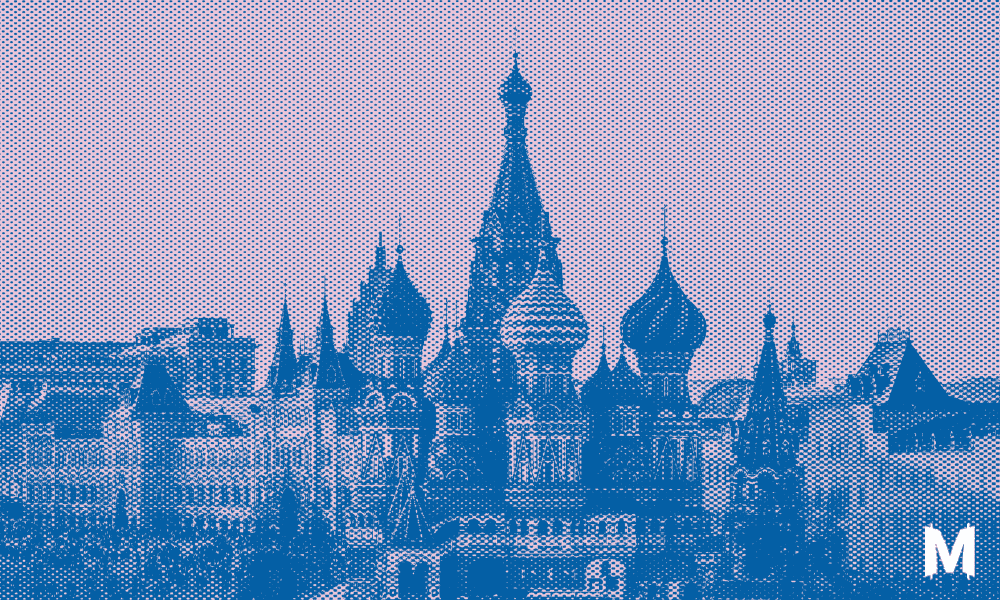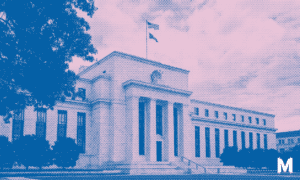According to a statement issued by the Russian central bank on August 11th, the digital ruble should become available for settlement between individuals and enterprises as early as next year.
The document released by the central bank states:
“The Bank of Russia will begin to gradually connect all credit institutions to the digital ruble platform and increase the number of available payment options and transactions using smart contracts.”
According to a recent report by the UN, bitcoin and crypto adoption has skyrocketed in Ukraine and Russia even before the beginning of the war.
The UN claims that 11.9% of Russians held bitcoin or crypto in 2021.
After the beginning of the war, capital controls in Russia as well as sanctions against Russian entities made it hard for Russians to sell ruble and acquire foreign currency, bitcoin or crypto.
Although Russia announced that it would accept foreign currencies from “friendly countries” and even bitcoin for international trade, the Russian central bank plans to begin rolling out its Central Bank Digital Currency (CBDC).
Next year the digital ruble should already be available as a means of payment. By 2024 the central bank expects to connect banks to the new CBDC. One year later, in 2025, non-bank financial institutions should have access to the digital ruble as well.
The stated goal of the central bank is to reduce the cost of settlements and transactions. It also wants to increase the availability of financial services in remote areas of Russia.
The UN report cited earlier encourages countries to regulate bitcoin and crypto, restrict advertising and launch their own CBDCs. It states that “if left unchecked, cryptocurrencies may become a widespread means of payment and even replace domestic currencies unofficially.”
This is likely the fear of most central banks and commercial banks, which are trying to swiftly adapt to the rapid bitcoin and crypto adoption around the world. Commercial banks are attempting to offer bitcoin and crypto custody and trading services to customers to stay ahead of the curve.
Central banks, on the other hand, are attempting to issue a new form of fiat currency that is a liability of the central bank, fully digital and programmable.
Many central banks have announced pilot programs and are actively researching or rolling out their wholesale or retail CBDCs.
Whether and how CBDCs and other forms of digital money like bitcoin can co-exist is unclear.
But the recent announcement of BlackRock launching its spot bitcoin trust for institutions shows that a growing number of individuals and institutions around the world are requesting the ability to own and trade bitcoin.




